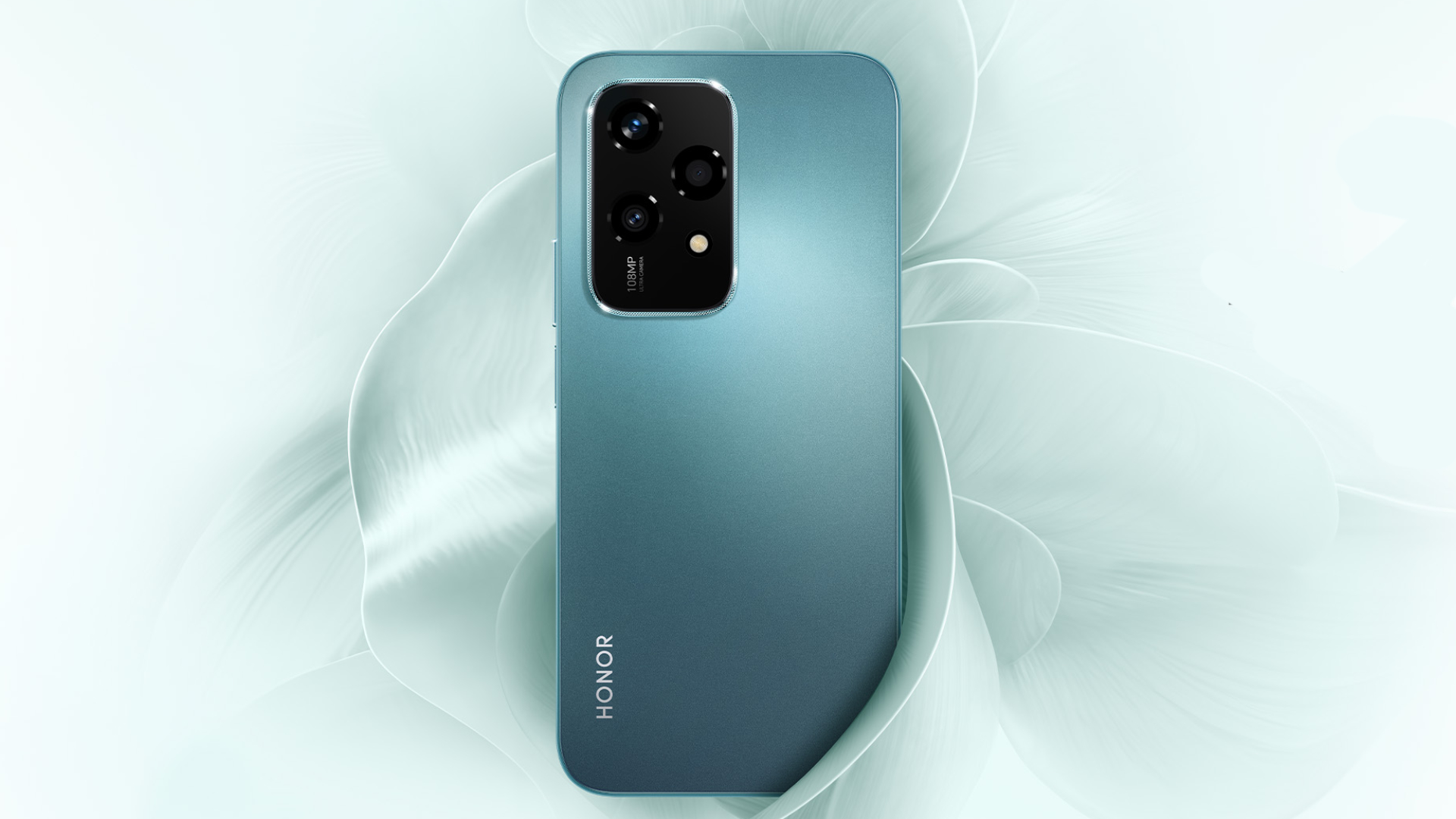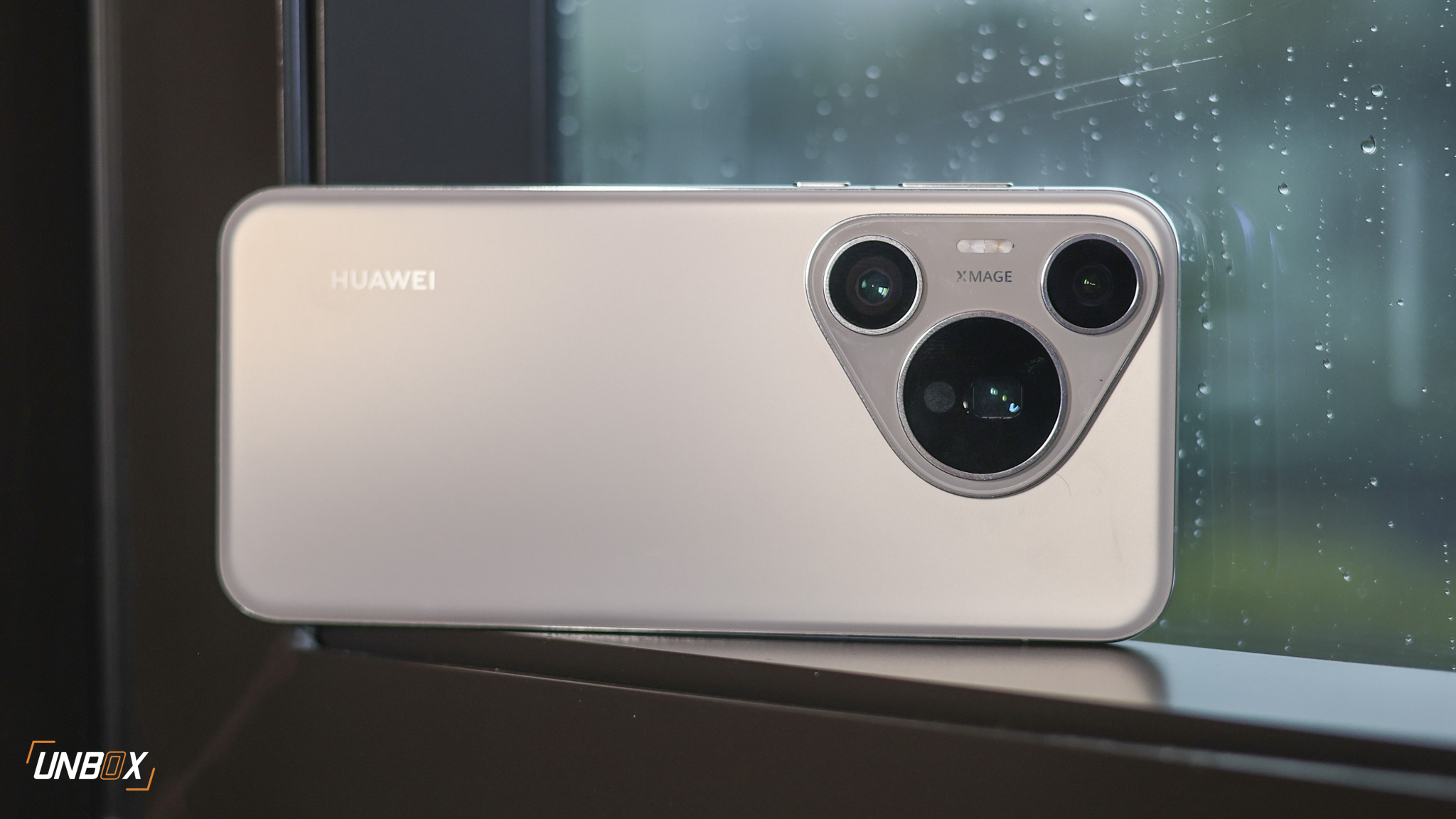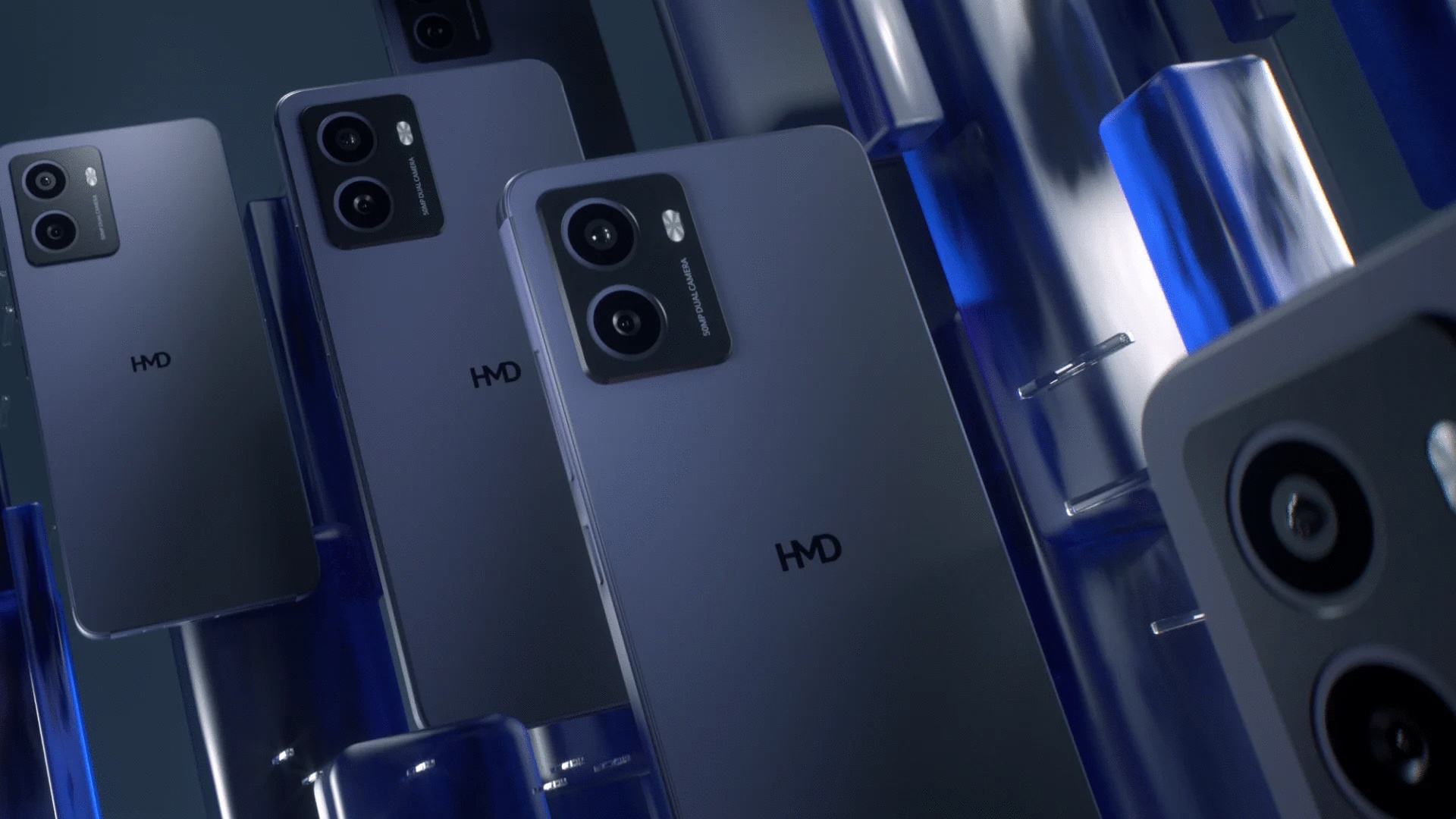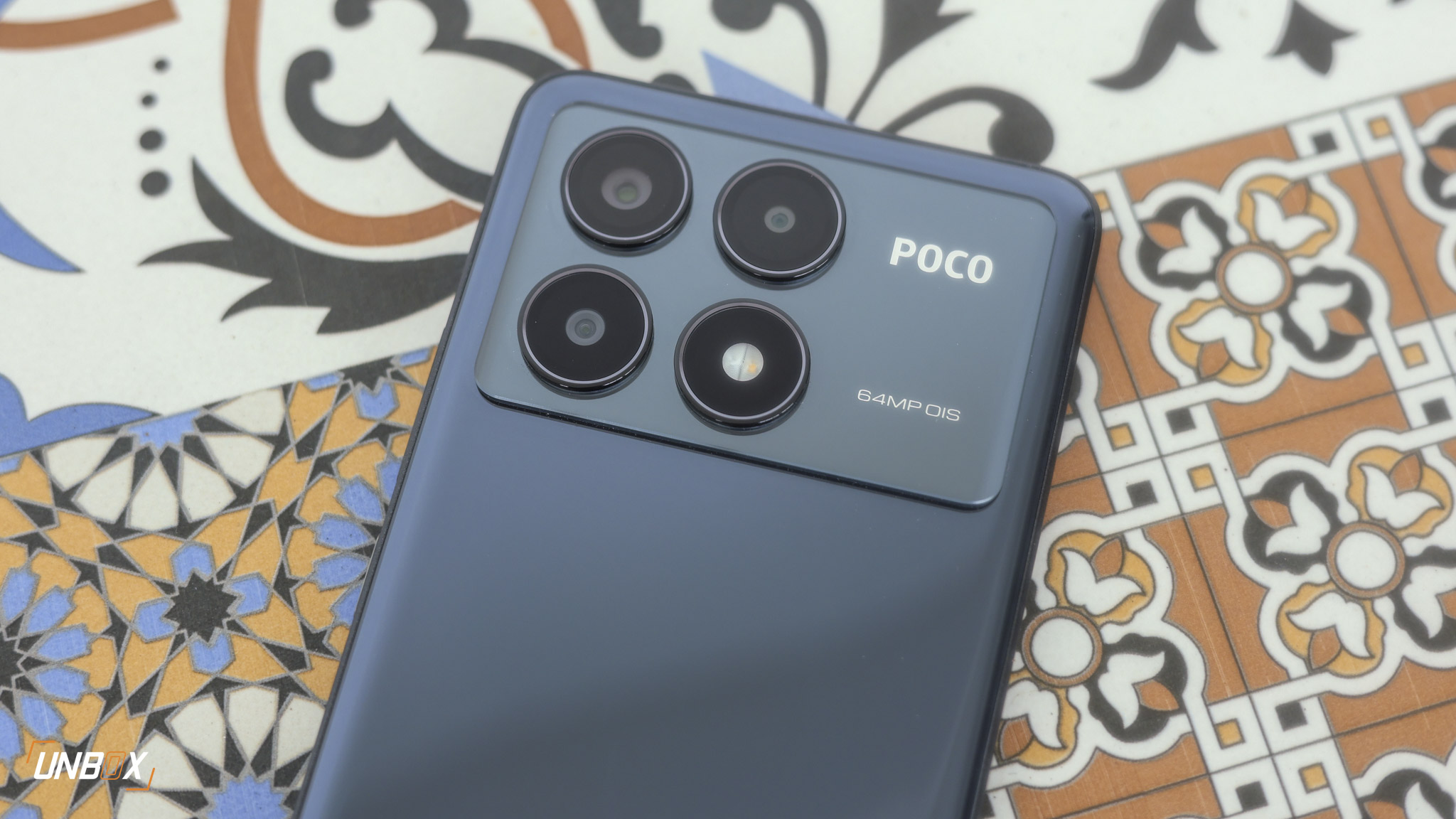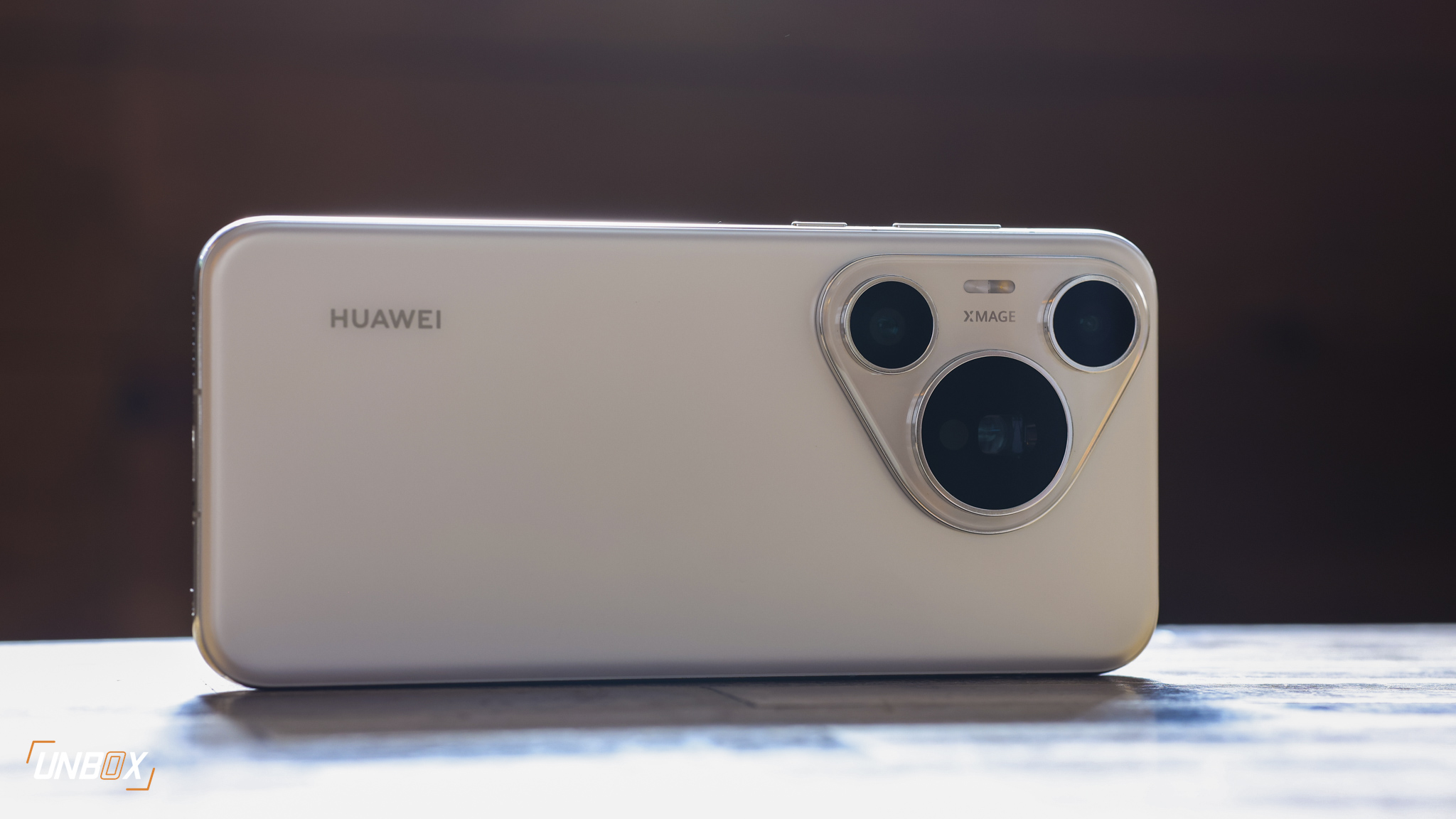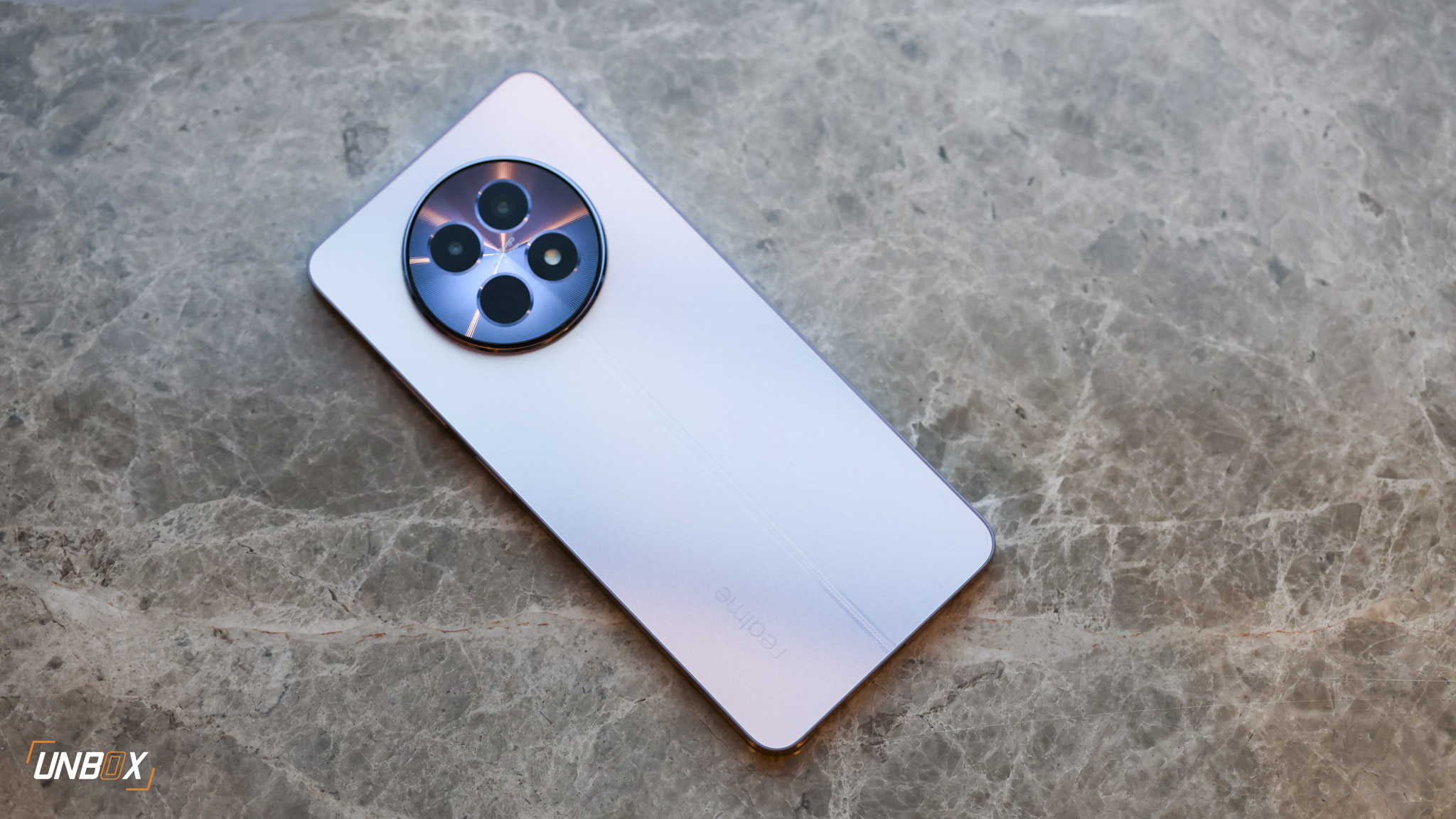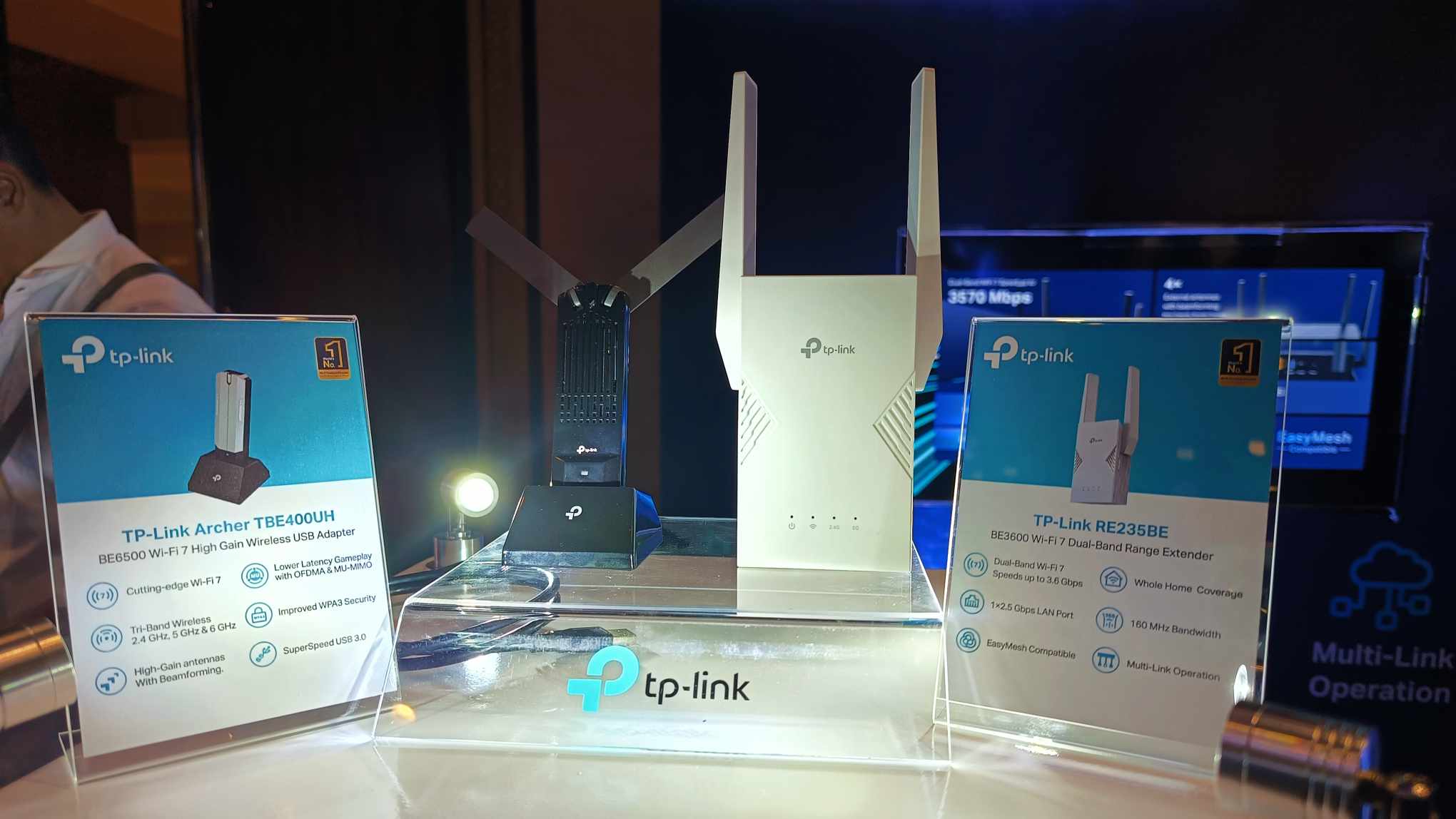Apple may be on top of the global smartphone market share right now, but its number 1 ranking is at risk because of two factors: Samsung’s unveiling of its AI-powered Galaxy S24 series phones, and the rather lackluster reception for its bleeding-edge Vision Pro spatial computer.
READ MORE:
–Galaxy S24 Ultra Hands-On: More than Titanium
–Galaxy S24, S24+ Hands-On: Exynos, but Smarter
Pre-orders for the Vision Pro have started in the US last January 19, and if the complex process of pre-ordering one is not enough, it seems that Apple has other issues on hyping up its spatial computer way too much.
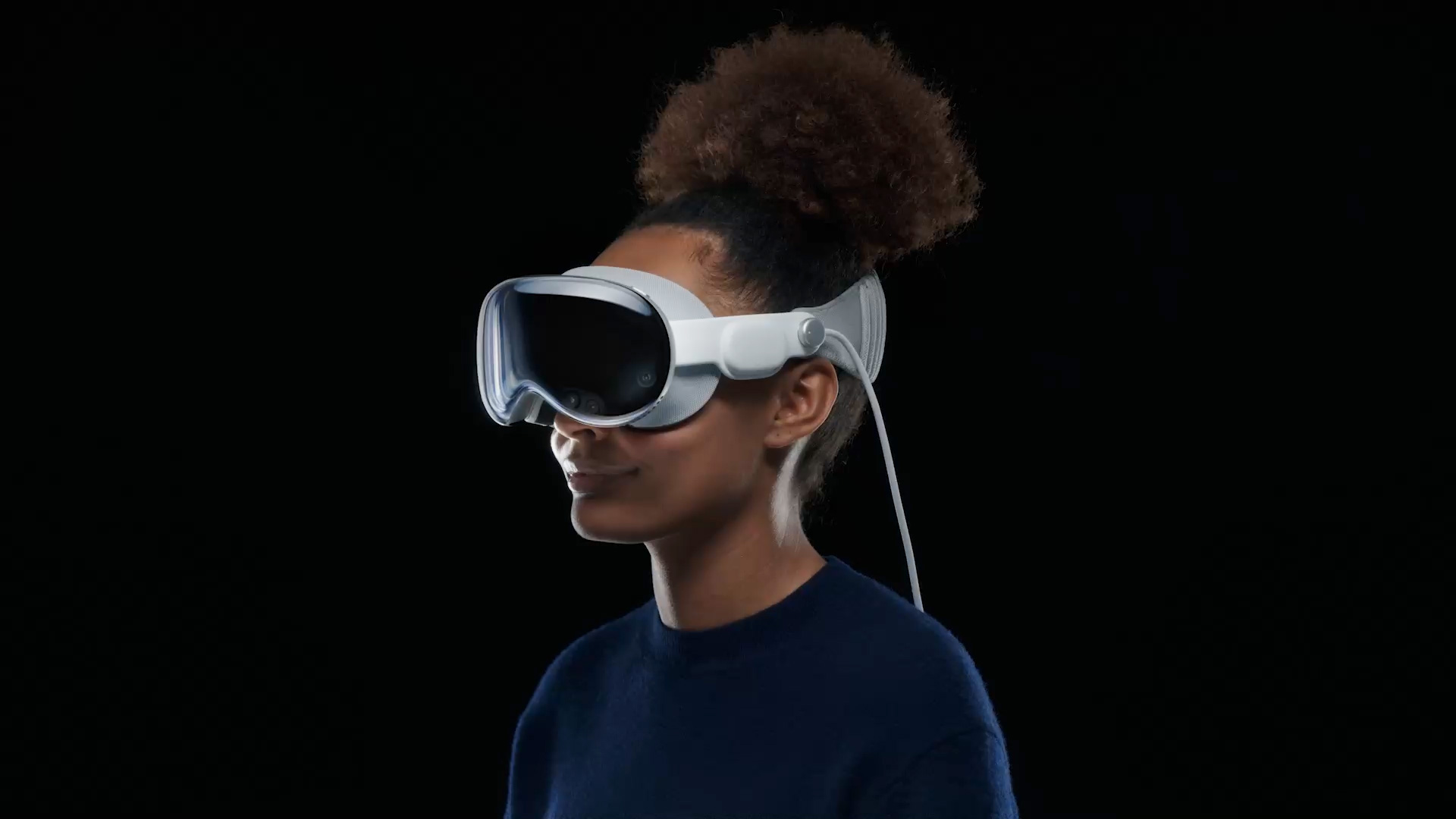
One of the telltale signs that the Vision Pro is not living up to the hype is that it failed to sell out on launch day–unlike any of Apple’s iPhones. While the base 256GB variant is on backorder until March, both the 512GB and 1TB variants can be purchased in-store. Beyond the complex process, pricing does play a factor: the base 256GB variant is already expensive at $3500(~Php 197k), while the 512GB and 1TB models are even pricier at $3699(~Php 209k) and $3899(Php 220k) respectively.
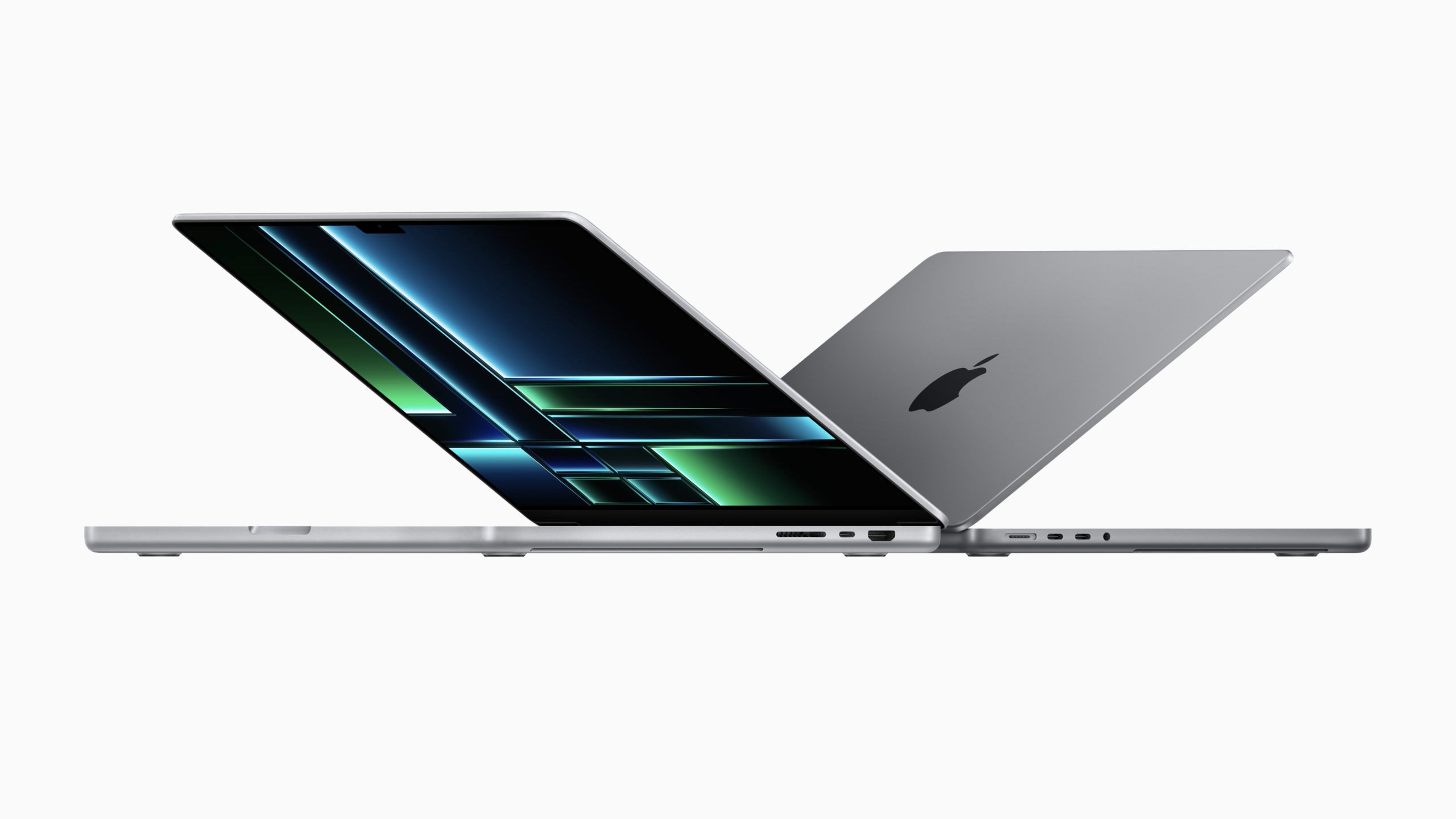
For the price you’re paying with the base variant of the Vision Pro, you can get a 16-inch MacBook Pro with an M3 Max chip. With that same price, you also get 1TB of storage, 36GB of RAM, and a large 16-inch Liquid Retina display. Granted that the 16-inch MacBook Pro doesn’t give you that immersive experience the Vision Pro offers, you get a battery life that can last for as much as 21 hours (vs around 2 hours on the Vision Pro), along with a port selection that includes and SD card slot and full-sized HDMI port.
You have to also factor in the Vision Pro’s practicality: those who got their hands on one mentioned that the Vision Pro weighs as much as a 12.9-inch iPad Pro, and wearing such a heavy device around your head can be tiring even if every unit is tailored-fit to the user. The weight does not include the separate battery pack
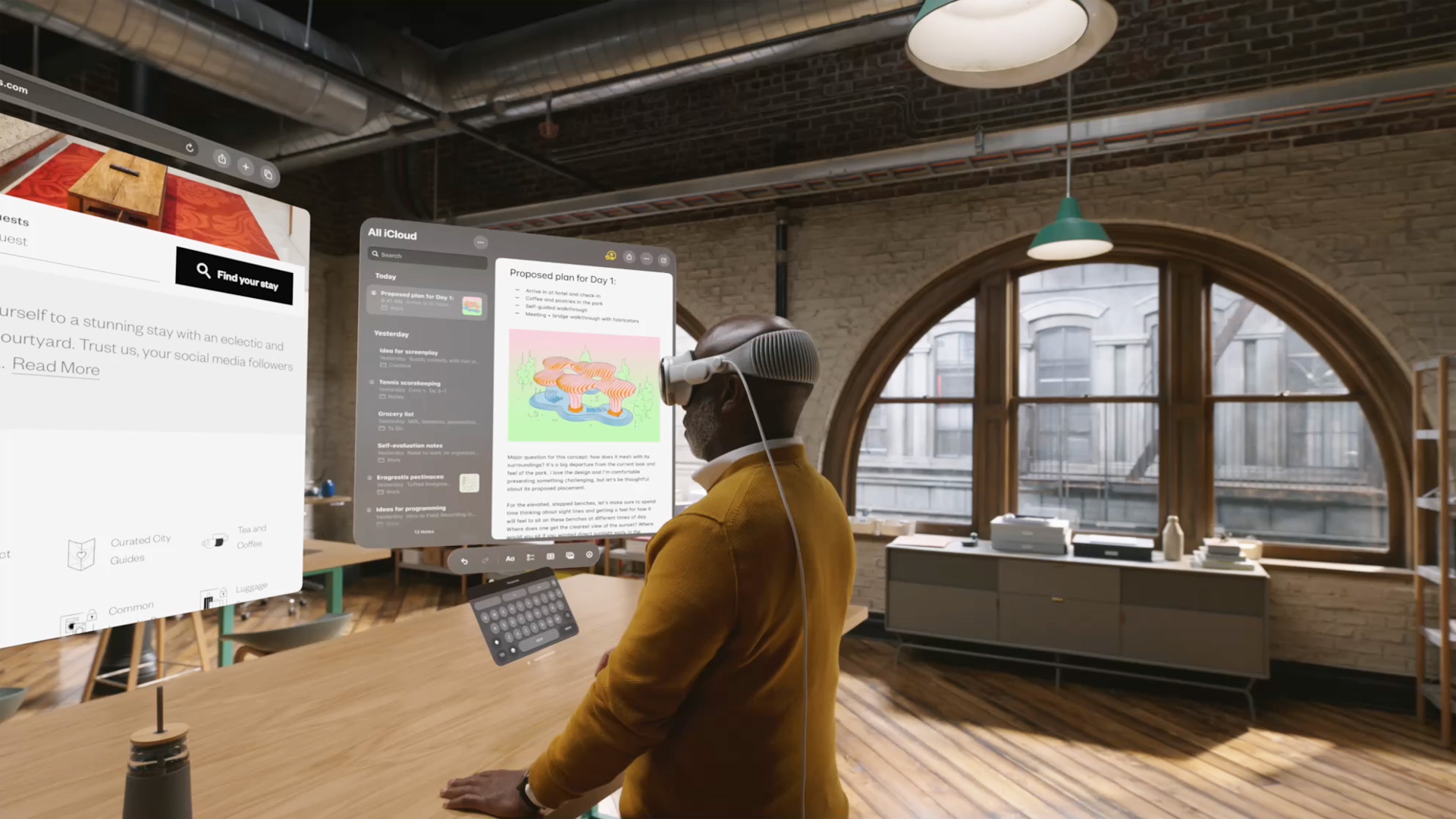
The whole point of the Vision Pro is to define the era of spatial computing, and this brings us to its other problem: software support. Major third-party apps like Netflix, YouTube, and Spotify have no plans of releasing a dedicated app for the Vision Pro–at least for now–forcing early adopters to use the web browser version. This would defeat the main purpose of the Vision Pro as the future of computing–and we are all to familiar to the fate of gadgets that lack support from third party software.
While Apple explained that they will adopt iPhone and iPad apps to the Vision Pro, we don’t think that this will give the full spatial computing experience that Apple desires. Developing an app for a new device can be a complicated process, so Apple needs to give incentives to developers making native apps for the Vision Pro.
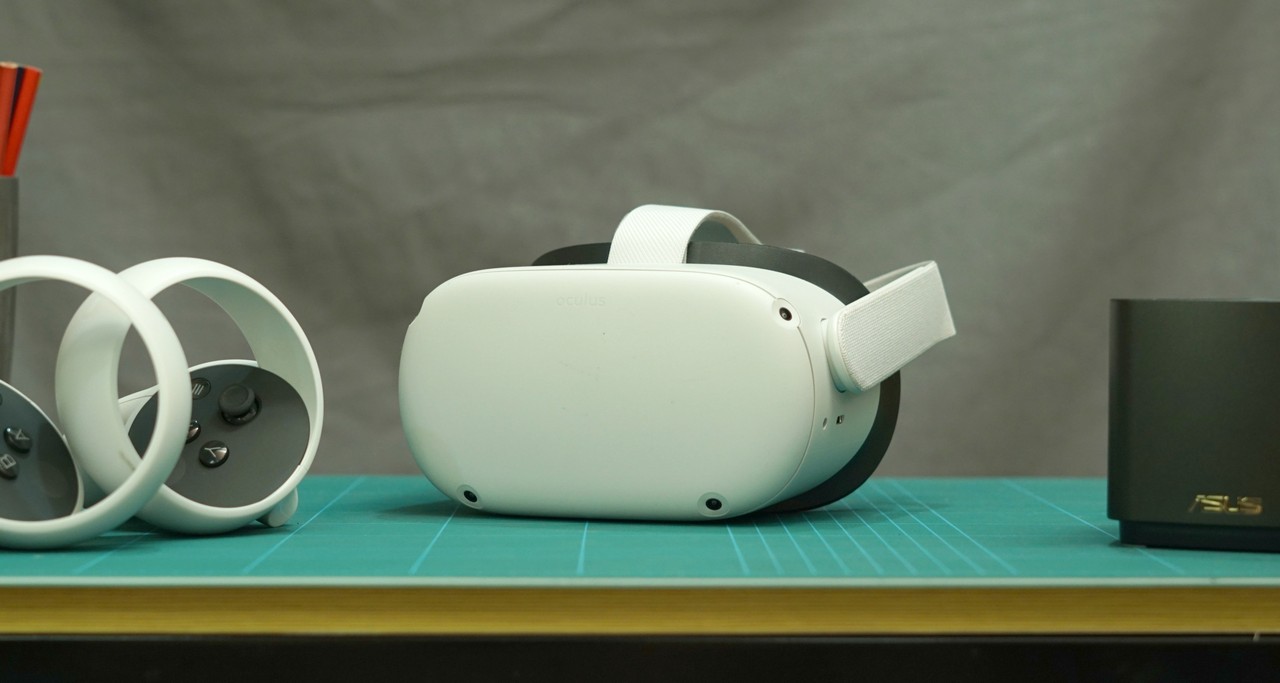
Then there’s the concern regarding mixed-reality headsets in general. While VR headsets like the Oculus Quest 2 is significantly more affordable than the Vision Pro, mixed-reality headsets haven’t really hit the mainstream enough to convince buyers to get one. In its current state, VR headsets are mostly used for gaming, and Apple wants to take it further by making them suitable for the spatial computing era.
Even with Apple’s claims that they have been developing the Vision Pro for a decade, it seems that Apple’s ambitions for spatial computing is still too ahead of its time. Beyond the insane pricing, there’s still a lot of work needed to be done to make the Vision Pro a viable product. We don’t think that it will be part of Apple’s list of failed products (does anyone remember AirPower?); who knows, maybe the second (or third) generation of the Vision Pro will prove to be a truly groundbreaking product from Apple.


